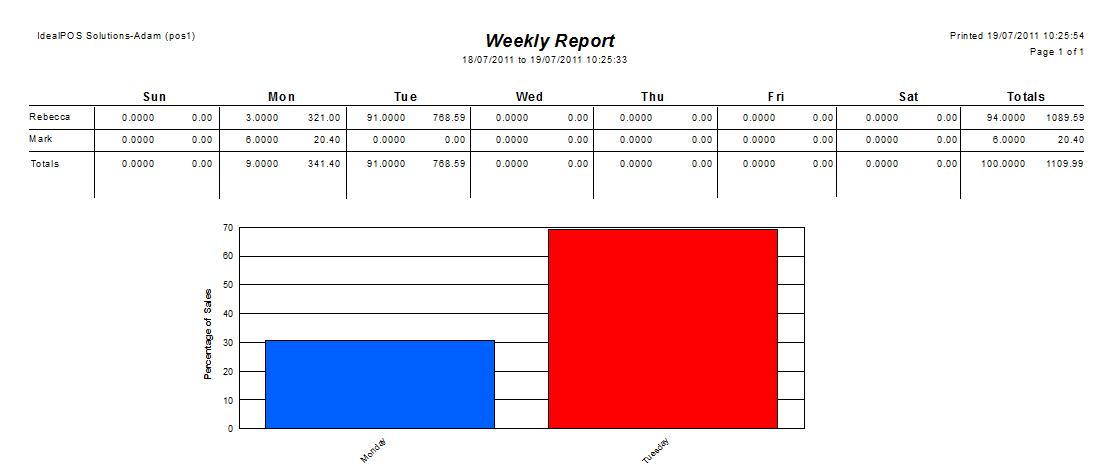

Retail sales by staff attributed to sale.Retail sales by staff at register (daily).If your store is on the Shopify plan or higher, then you have access to the following retail sales reports: Click Retail sales to filter the reports to show only retail sales reports.

From the Shopify app, tap Store, and then tap Analytics.Ultimately, insight into sales in real-time means retailers can optimise resource allocation and move one step closer to creating the hallowed ‘perfect store’ concept in every store, at all times.

Resources on the ground can be deployed to address required changes, whether to how the product is displayed, how it is priced, or where it is being sold. Daily sales and stock data, combined with intuitive analytics, allows Principals to immediately identify fluctuating demand and react to it in real-time. For example, if a product is expected to turn over in three days, the moment this does not happen, an alert will be given so that action, such as a promotion, can be taken to correct the problem. With real-time analytics, key benchmarks and Key Performance Indicators (KPIs) can be identified, and any deviations from these can be immediately alerted, so that appropriate action can be taken. The value of analytics lies in being able to make changes. When retailers cannot make sales, they end up with dead stock, which creates a loss at some point in the supply chain. This in turn helps brand owners to streamline their stock and differentiate each store’s mix based on real sales patterns and the needs of the communities they serve. That is why it is critical to understand data on a granular level, not only by region but by individual store, and even individual product, so that an accurate and detailed picture of sales patterns, returns and trends can be gathered. In addition, purchasing patterns will shift depending on events, weather, pay days and so on, putting the concept of the ‘perfect store in a state of constant flux. Covid-19 has also resulted in job losses and reduced disposable income, which in turn affects the basket. No one store will have the exact same needs and sales mix as another, because the needs and preferences of people that shop there will differ. This includes stock on hand, both at the retailer and at the distribution centre, and up to date sales information, allowing Principals or Manufacturers to understand which products are where, and how well they are selling. With the right tools in place and using a data lake structure to pool information to an intelligent data platform, it is possible to feed daily retail sales and stock data for analysis in real-time. The only way to achieve this ideal mix is through real-time analytics. Retail nirvana is the concept of the perfect store, where all products are correctly merchandised, in the right place at the right time, with the right costing and promotions, achieving fast turnover for maximum value.

The Covid-19 pandemic has only highlighted the importance of agility in responding to changing customer needs, and when margins are already small, getting the mix right is critical. The challenge here is that by the time insight is derived from the data, any problems would have been ongoing for at least a week, and money already been lost. Retailers are then able to compare data to previous periods, both internally and against external benchmarks. Analytics is typically based on a combination of sales and stock data pooled from various siloes. Worldwide, retail chains are not geared for daily analytics streams. Real-time data analytics on daily sales and stock data can unlock a new world of insight to help retailers optimise stock on hand and resource allocation, maximising sales and profit margins. By the time deviations are identified, the damage has already been done. Typical analytics is performed in weekly, monthly or quarterly reports, but in a fast-moving environment where margins are extremely tight, awareness often comes too little, too late. In the retail sector, however, applications have traditionally been somewhat limited by the frequency of data. Published by Cognizance | 12 November 2020ĭata analytics can be a powerful tool to drive insight to improve productivity, efficiency and profitability.


 0 kommentar(er)
0 kommentar(er)
